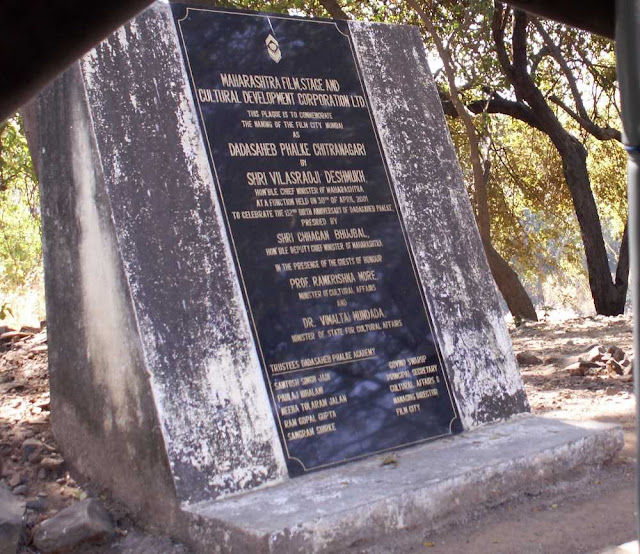The
expeditions of the 1920s and 30s gave members an opportunity to see a
previously “blank space on the map” and meet the people who inhabited
it. The Everest Archive holds some of the first photographs of people in
this region of Tibet. Even at the time the photographs were taken,
members of the expeditions realized the importance of photography in
their relationships and encounters with Tibetans.
Howard-Bury, leader of the 1921 Expedition writes:
"And here I photographed a group of several monks. They
had never seen a camera or photographs before, but they had heard that
such a thing was possible and were very much interested in it. Before
leaving we went in to see the Head Lama who had lived over sixty-six
years in this monastery. He was looked upon as being extremely holy ……..
After much persuasion the other monks induced him to come outside and
have his photograph taken, telling him he was an old man, and that his
time on earth was short, and they would like to have a picture to
remember him by……The fame of this photograph spread throughout the
country and in places hundreds of miles away I was asked for photographs
of the Old Abbot."
Tibetans embraced photography and were happy to oblige
team members by posing for them. These images have contributed to how we
see Tibet and Tibetans even today, invariably we see this place and its
people set outside time.
A Tibetan man from Lhasa making paper from elder-bark in the Rongshar Valley.
Photo: Bentley Beetham, 1924
The Dzongpen of Kharta and his wife.
Photo: Lt.-Col. Howard-Bury, 1921
The nunnery of Tatsang was first visited
during Younghusbands’s Mission to Tibet in 1904. The nuns (ani) are
wearing wigs made from yak hair in emulation of their religious guru
(Rinpoche), who had long dreadlocked hair.
Photo: Lt.-Col. Howard-Bury, 1921
Nepalese family from Dhoubute in Eastern Nepal – summer grazing camp in the Arun Valley.
Photo: C.J. Morris, 1921
Above, left: Tibetans had traded for
centuries over the Himalayan passes that would soon become familiar to
the 1920s and 30s expeditions. Here, bales of wool are being transported
to Sikkim from Tibet.
Photo: Lt.-Col. Howard-Bury, 1921
Above, right: Accompanied by two children, a Tibetan woman spins wool in the doorway of her home.
Photo: C.J. Morris, 1922
A group of Bhotias encountered by the 1921
Expedition at Lingga. The villagers were noted for their hospitality,
happy to produce tea and beer as soon as the expedition members arrived.
Photo: George Mallory, 1921

No comments:
Post a Comment